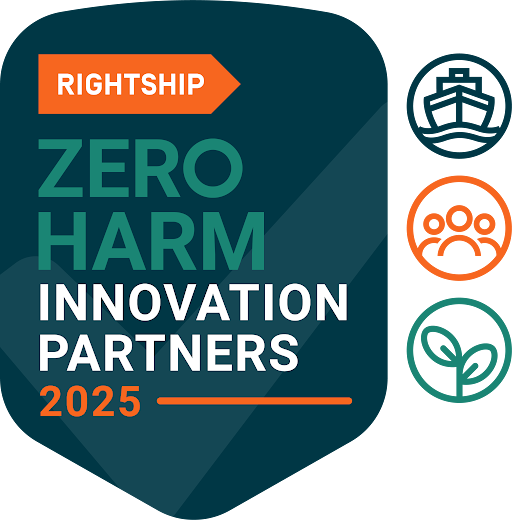This tragic event underscores the layered nature of risks at sea. While the physical environment played a role, the unseen mental storm within Bill was the true catalyst. Key factors contributing to the incident include:
- Lack of Situational Awareness: Bill's mental preoccupation with personal worries distracted him from recognizing the physical hazards around him.
- Inadequate Risk Assessment: Routine tasks often lull crew members into a false sense of security, leading to overlooked safety checks.
- Mental Health Challenges at Sea: Prolonged periods away from home, coupled with personal crises, can significantly impact a seafarer's focus and decision-making.
REad more: January 2025 Maritime Insights: Navigating the Future with Sustainability and Innovation
This incident serves as a wake-up call for maritime professionals, highlighting the interconnectedness of mental well-being and physical safety. Here are the critical takeaways:
Always remain fully present in your tasks. Recognize both external hazards and internal distractions that may undermine safety.
A clear mind is as important as a clear workspace. Seafarers should feel supported to share personal struggles with their crew or superiors.
Creating a culture where crew members can speak up about safety concerns or personal challenges is vital to preventing accidents.
Regular drills and training programs focused on situational awareness and confined space safety can prepare crew members for emergencies.
REad more: Seeing Is Believing: Data-Driven Insights for Smarter Maritime Operations
Implementing these lessons requires commitment and proactive measures. Here’s how maritime organizations can cultivate a culture of safety:
Offer programs that address both technical skills and mental well-being, such as Maritime Trainer’s Confined Space Safety Courses.
A cohesive crew can help each other stay focused and navigate challenges together.
Tools like real-time location tracking and automated safety alerts can enhance situational awareness and reduce risks
Regular mental health check-ins, pulse surveys, and access to resources can improve overall crew well-being and performance.





